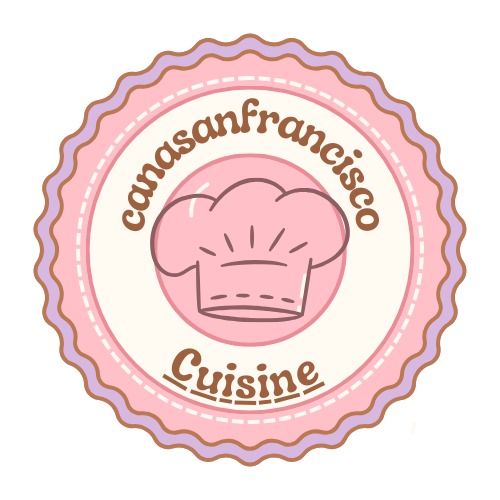Recent Posts
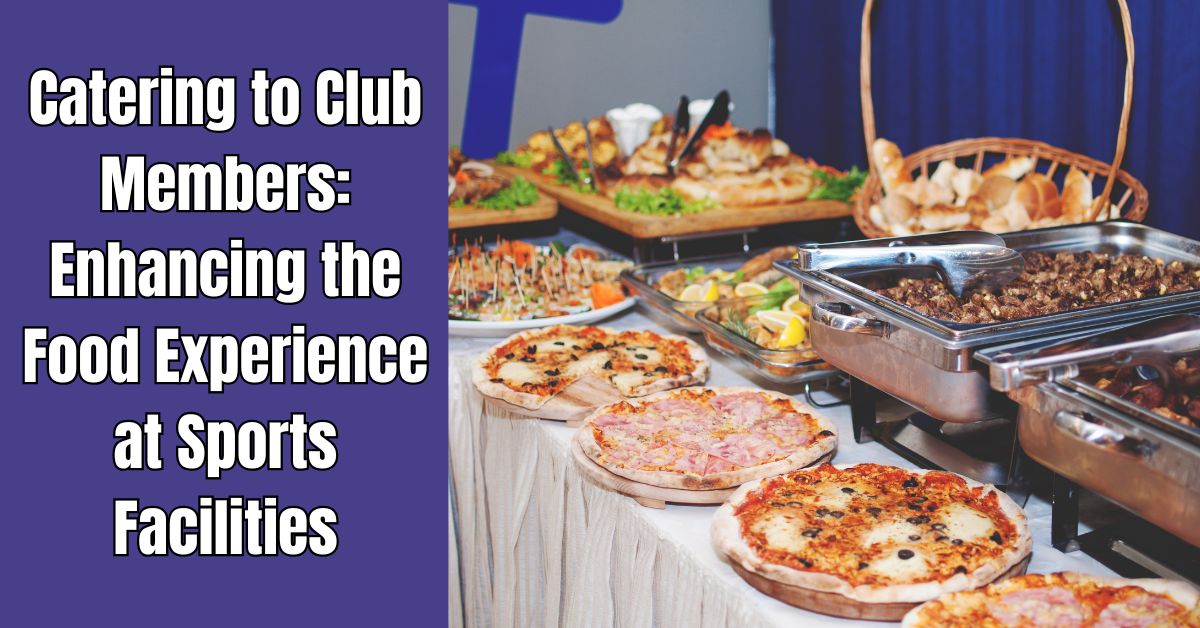
Enhancing the Food Experience at Sports Facilities
Sports clubs are not just about athletics and fitness; they are community hubs where members socialize, relax, and enjoy themselves. An often-overlooked aspect of sports clubs is the dining experience, which plays a critical role in member satisfaction. Offering high-quality food services can increase profit and improve the overall club atmosphere. Here, we explore how …
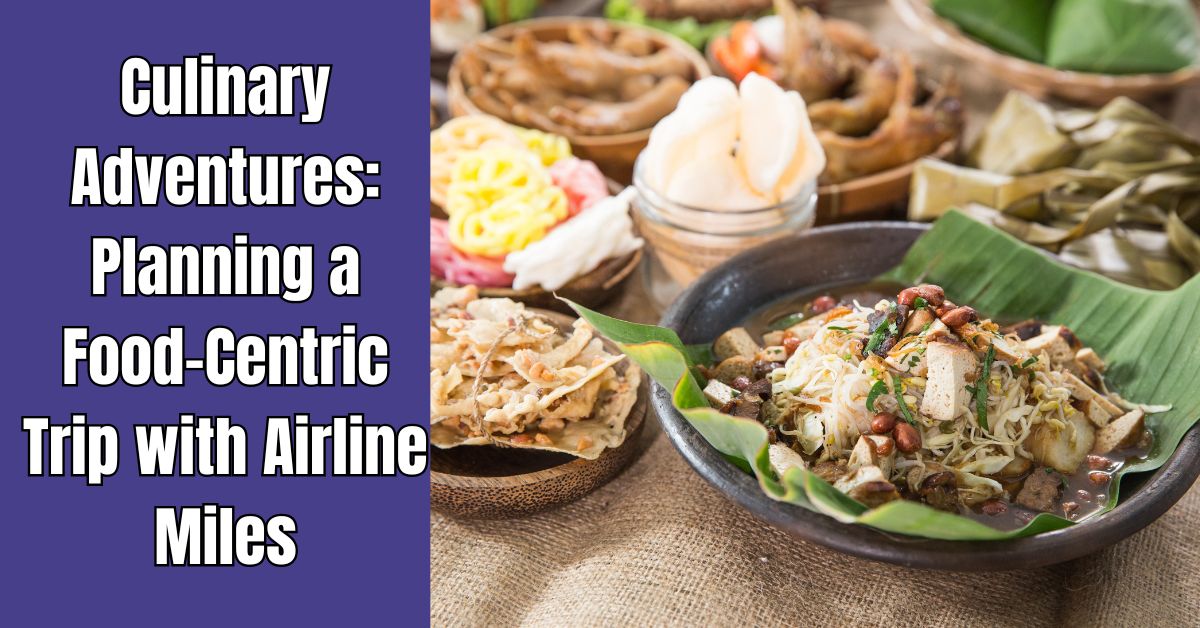
Planning a Food-Centric Trip with Airline Miles
Food-centric travel has gained immense popularity among travelers seeking unique culinary experiences around the globe. Exploring new cuisines, attending food festivals, and indulging in local delicacies can turn an ordinary trip into a remarkable adventure. Leveraging airline miles to plan these culinary escapades can significantly enhance your journey without breaking the bank. This guide will …
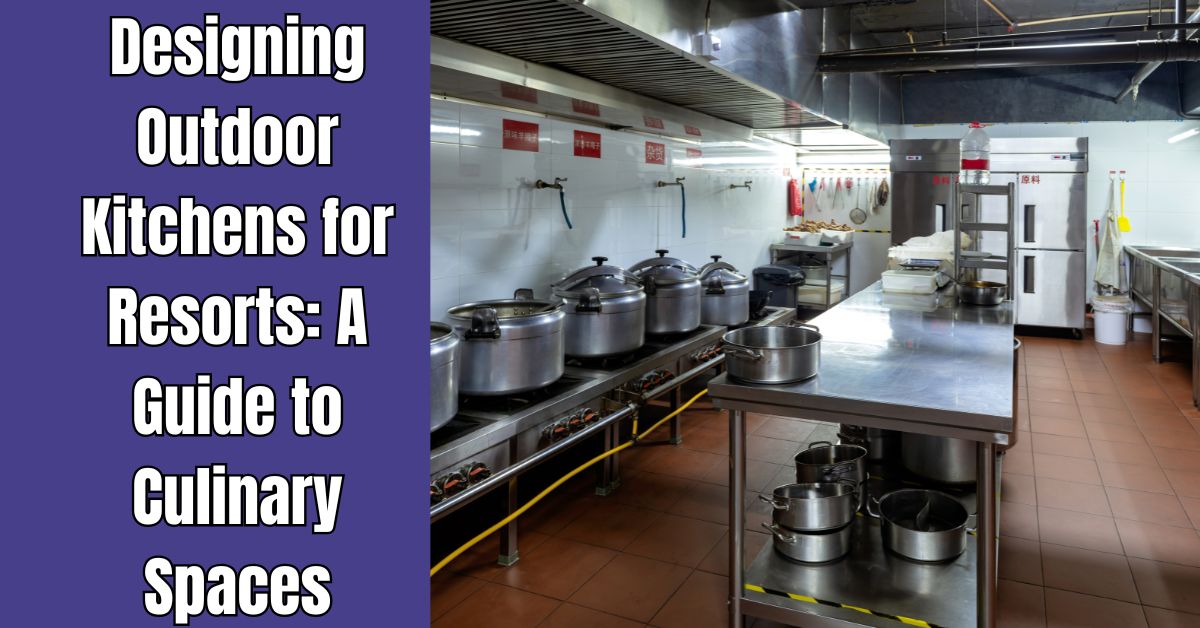
A Guide to Designing Outdoor Kitchens for Resorts
Creating an outdoor kitchen for a resort involves thoughtful planning and design to ensure that it meets the needs of guests while maintaining aesthetic appeal. This guide explores essential elements in designing these culinary spaces, highlighting the importance of durable materials and high-quality furnishings. Understanding the Outdoor Kitchen Concept Outdoor kitchens have become increasingly popular …
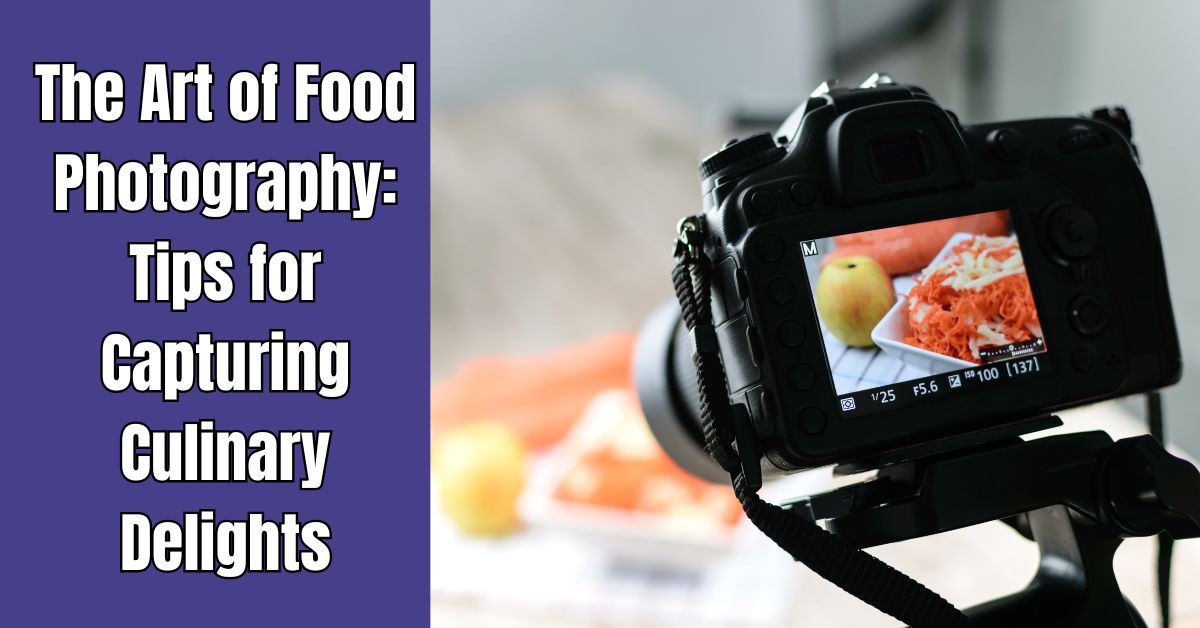
Mastering the Art of Food Photography
Food photography is a delicate art that requires a keen eye and a solid understanding of techniques that bring culinary delights to life. In this guide, we will explore the essential tips and tricks to help you master the art of food photography, whether you’re a seasoned photographer or a beginner looking to enhance your …
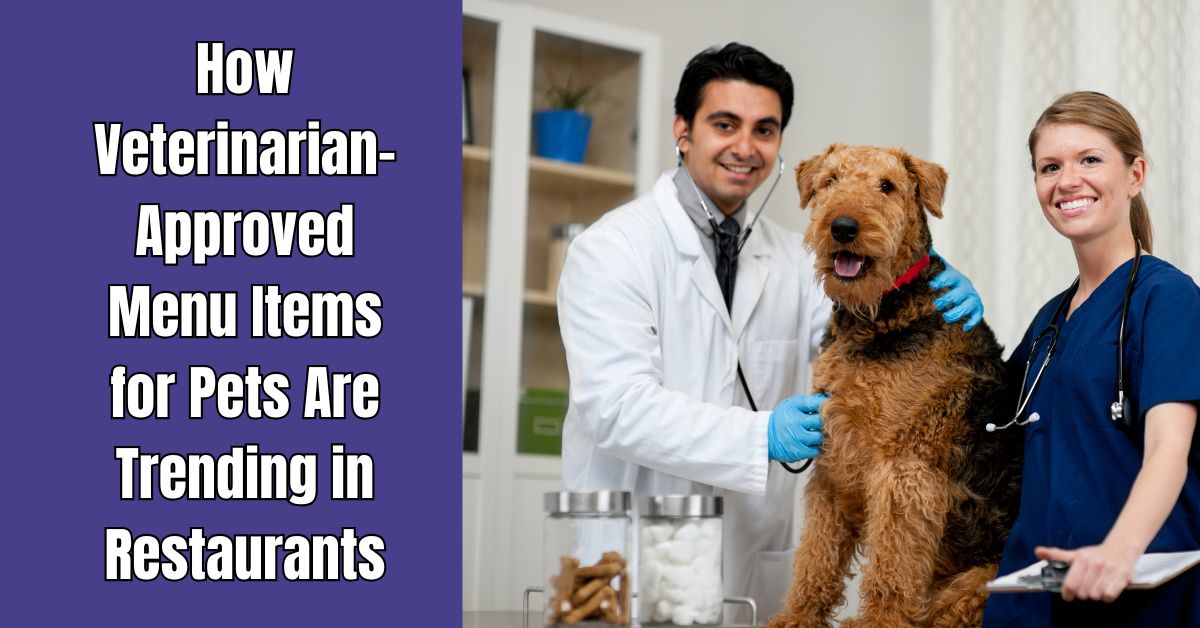
How Videography Can Transform Culinary Experiences
In the ever-evolving culinary landscape, restaurants are continuously seeking innovative ways to enhance guest experiences. One of the most powerful tools at their disposal is videography. By leveraging the visual impact of video content, restaurants can showcase their offerings in an engaging manner, ultimately transforming how guests perceive and enjoy their culinary experiences. This article …
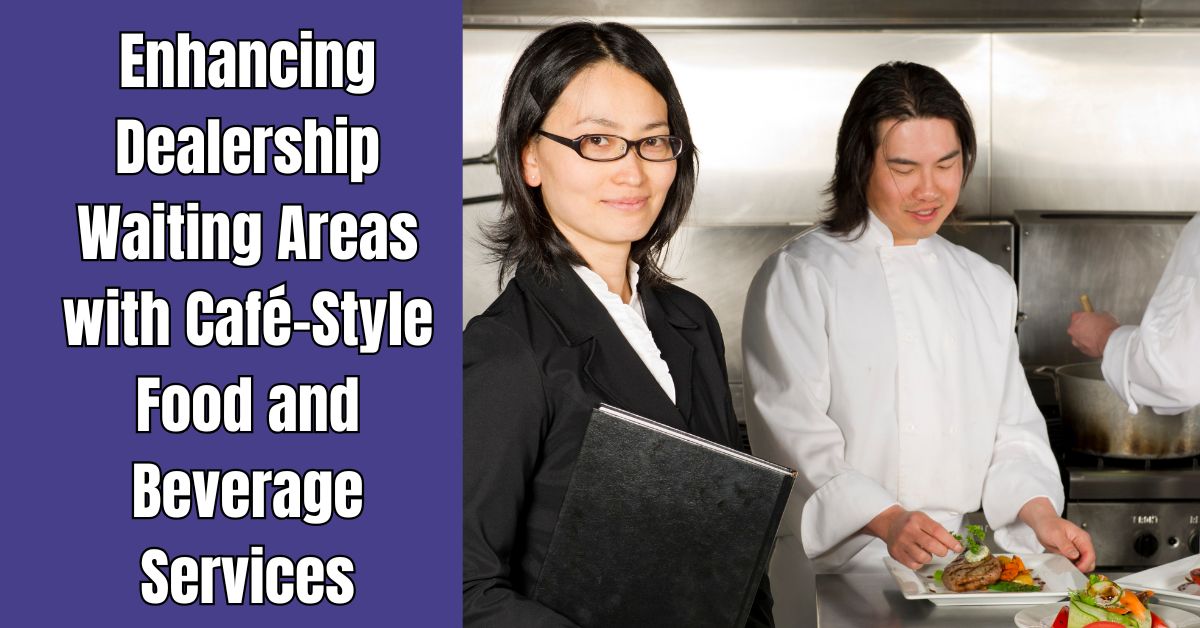
Dealership Waiting Areas with Café-Style Food and Beverage Services
In the fast-paced world of auto dealerships, providing an exceptional customer experience is crucial. One often overlooked aspect is the waiting area, where customers spend their time while their vehicles are being serviced or during the sales process. Transforming this space into a café-style oasis with food and beverage services can significantly enhance customer satisfaction …
